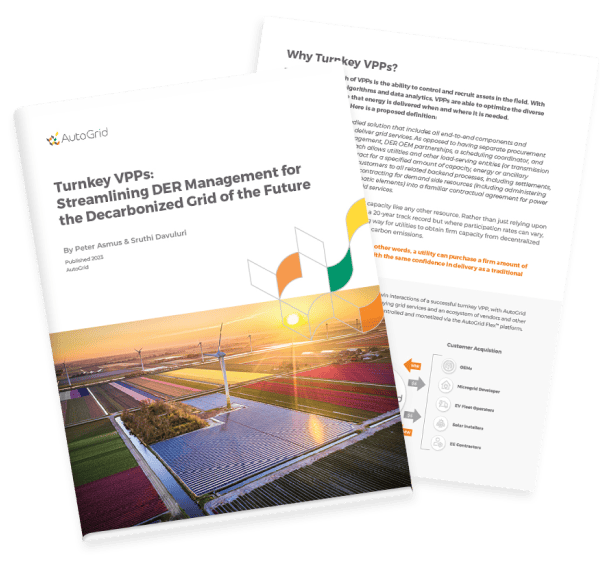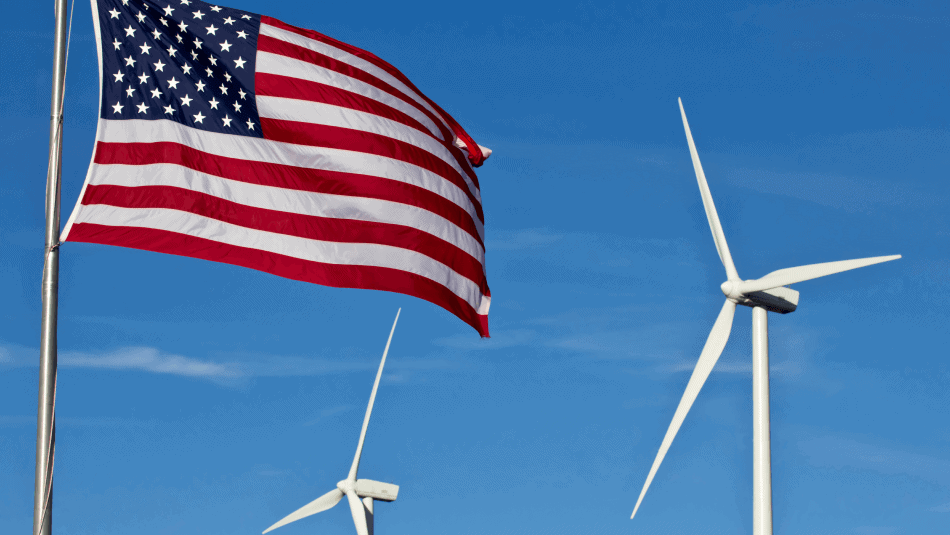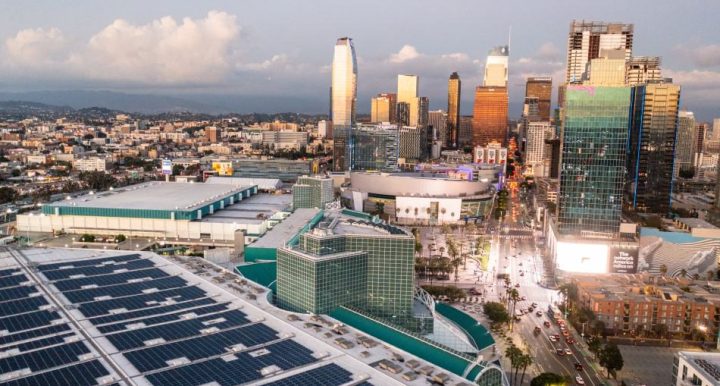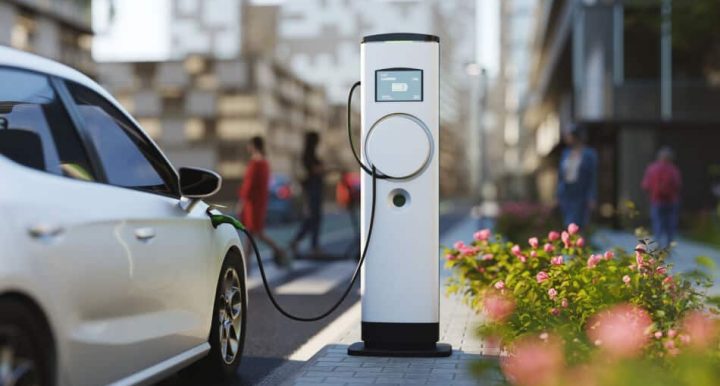August 16, 2023, marks the first full year of the Inflation Reduction Act (IRA), and this milestone demands a health check. Just how has the IRA been doing and what’s ahead? At its passage, the IRA was heralded as one of the most important pieces of legislation ever passed by any nation in the fight to combat climate change. It reflected a uniquely American way of tackling the challenge: empower consumers to take action to adopt clean energy solutions in their own backyards. Rather than focusing solely on large-scale infrastructure projects harking back to FDR’s New Deal – which financed mega-hydroelectric projects to deliver low cost electricity to rural America – the core of the IRA that I consider most transformative is steering government incentives toward a wide array of distributed energy resources (DER) that can be aggregated and optimized into virtual power plants (VPPs).
Progress to Date
All told, the IRA earmarks $369 billion to respond to climate change and increase the nation’s energy security. When fully implemented, the legislation could reduce carbon and other greenhouse gas emissions by 41% by 2030, according to researchers at Princeton University. To date, the IRA has already had a major impact on green infrastructure. The legislation supports large-scale and small-scale solutions to climate change. Both will be required to meet the goal of creating a more resilient, affordable and sustainable energy system. According to the American Clean Power Association, over $150 billion in fresh capital has been publicly designated to flow into utility-scale clean energy projects and manufacturing facilities. That estimate surpasses total investment into U.S. clean energy projects commissioned between 2017 and 2021, combined. The legislation has also helped fuel today’s remarkably resilient economy, with approximately 142,000 clean energy-related jobs being created according to the Climate Power organization. Better yet, many of those jobs are being created outside of the typical strongholds of clean energy activity, with 20,000 alone already created in Kansas.
Engaged Consumers and VPPs Are the Key IRA Innovation
Call me biased, but one of the most inspiring elements of the IRA is the incentive structure for a wide variety of DERs, as was highlighted in this blog last year. The measure establishes $9 billion for home energy rebates to help electrify homes with a focus on equity for disadvantaged communities. According to one estimate, $4.3 billion is being steered toward residential demand flexibility under a national performance-based whole buildings program. These investments will help grid operators respond to the heat waves which have crippled the U.S. this summer. Consumers are now eligible for $1,200 annually in tax credits for green remodeling projects. (The previous regulations imposed a $500 lifetime cap on such investments.) The Wall Street Journal estimates that the IRA legislation will generate $1.6 billion in tax savings for homeowners in 2023 alone. The IRA also includes tax credits for heat pumps, solar photovoltaic systems, electric HVAC upgrades, water heaters and electric vehicles (EVs). Each of these are candidates for inclusion into VPPs – provided that the right market structures are in place. FERC Order 2222 is a move in the right direction, but there is more work to do.
Next Steps: Market Designs
The IRA should not be viewed in isolation, but rather as a spoke in a larger wheel of public policies and regulations shifting the nation’s energy system toward a decentralized, digitized and decarbonized energy future. We can respond to climate change and domestic job creation simultaneously, but also have to make sure consumers really do become prosumers and purchase solar PV systems, batteries and EVs. The new Schneider Home offerings and AutoGrid’s SaaS and Turnkey VPPs are leading this wave and helping people across the U.S. become part of the solution. The IRA plants the seeds for future VPPs. But it is up to regional and state regulatory bodies to create viable and dynamic markets that can extract bidirectional value from these DERs, ensuring that asset owners or users gain economic value while also sharing these assets with the grid and new aggregations such as VPPs and microgrids. Only then can we declare that the IRA is a success.





